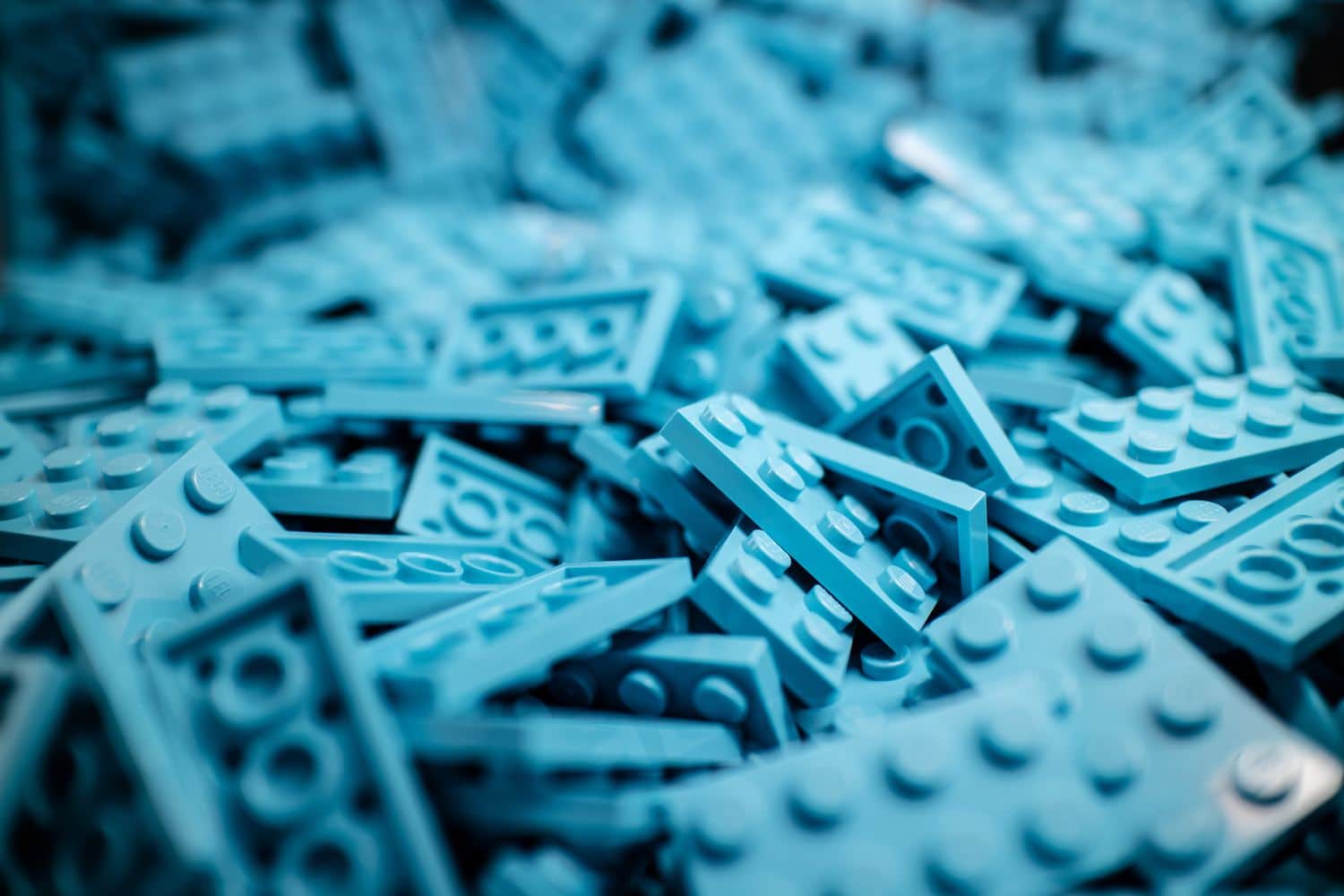
How Do Materials Make a Difference in Speaker Construction?
As with anything, the whole can only be as good as its parts.

In our world, the world of super-duper-awesome-high-fidelity sound reproduction, this principle is paramount.
We could spend hours going over the many reasons we selected each of the small components which puzzle together to make our speakers, but today we want to talk about what are arguably, and we do mean arguably, the most important pieces of all... the speaker cones!
Since the job of the speaker cone is to essentially take the vibrations from the speaker’s voice coil and turn them into audible sounds for your listening pleasure, it is extremely important that the speaker cone should be able to accurately reproduce those vibrations without distorting. For this reason, even-tempered and consistent materials are required; in a perfect world, a speaker cone should be very rigid and durable, but also lightweight and capable of starting and stopping vibrations on a dime.
Imagine the speaker is the human vocal mechanism; if the speaker’s voice coil is the lungs, then the speaker cone is the vocal cords and mouth. That said, the shape of your mouth, the strength of your vocal cords and the muscles that control them, as well as your ability to quickly start and stop making noise, all play a role in how well your voice projects through the environment and how high/low your voice can go.
Popular materials for speaker cones are paper, metal, plastic, and aramid fiber. Each of these materials have their own sound characteristics, their own advantages, and their own disadvantages. Let’s dive right in and discuss a few characteristics of each, shall we?

Plastic
Plastic cones are a popular choice given their low production cost and the inherent consistency of build. Good sound-dampening qualities tend to be present in plastic cones, but many users (and we tend to agree) feel that plastic is a less lively sounding material than others, and tends to make the listening experience bland or sterile.

Paper
Paper cones, while brighter-sounding and more “alive,” are more expensive for manufacturers to produce. While their tonal qualities are often desirable, paper material itself is susceptible to the absorption of moisture from the atmosphere which can, in time, change the composition and therefore the tonal characteristics of the cones. There are also a myriad of variables in the paper cones--some manufacturers will treat the paper, resulting in a rounder sound. Other manufacturers use untreated paper, resulting in a bright, wide-open sound.

Aluminum
Aluminum speaker cones are, without a doubt, durable; you likely won’t be accidentally poking any holes in aluminum cones (although they could get dented if you aren’t careful). And while their sound can contain great bit of detail, they typically have little dampening (the ability to start and stop vibrations quickly). Aluminum can produce audible peaking and sort of a "slappy" sounding bass response. While many users do enjoy the detail offered by aluminum speakers, we think they can sound, well, a little... aluminum, if that makes any sense. Go to your kitchen and bang a whisk around on the inside of a metal pot and--you're right, maybe that's a little harsh but--you get the idea.
Aramid Fiber
Aramid fiber was our cone material of choice for many reasons. Not only is Aramid fiber extremely robust (it absolutely will not dent, and you would be hard pressed to poke a hole through it), but its tonal characteristics are the best of all worlds. Aramid fiber is very rigid and stiff (which is desirable from a mechanical standpoint), it responds quickly to vibration, and reproduces voice coil vibrations accurately. Aramid fiber woofer have a beautiful and broad midrange with smooth highs and satisfying low end response. The rigidity of the material provides tight “control” over the sound vibrations, and projects sound in such a way that fills the environment and immerses the listener.

It's important to experience all of these characteristics for yourself.
After all, if you are reading into a topic like this, you obviously care about your HiFi setup more than most listeners in today’s world. Everyone’s ears and tastes are different, so we encourage all Audioengine owners and prospective owners to do some A/B testing before diving in. Because as much as we want you to become a part of the Audioengine family, what we really want is for you to be thrilled with your HiFi gear; that’s why we got into this business in the first place.






